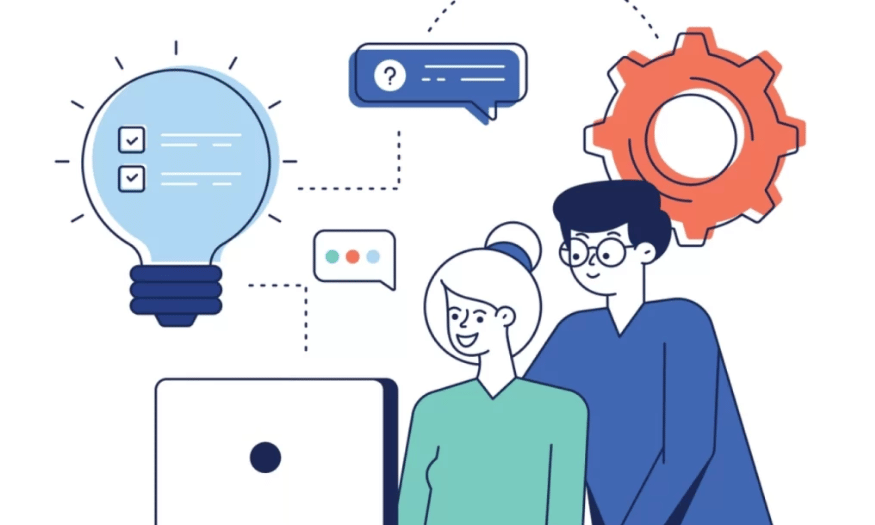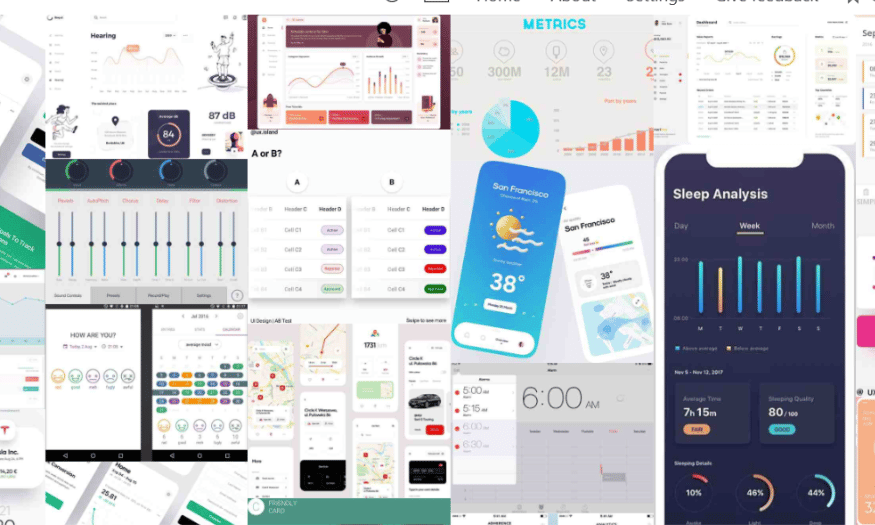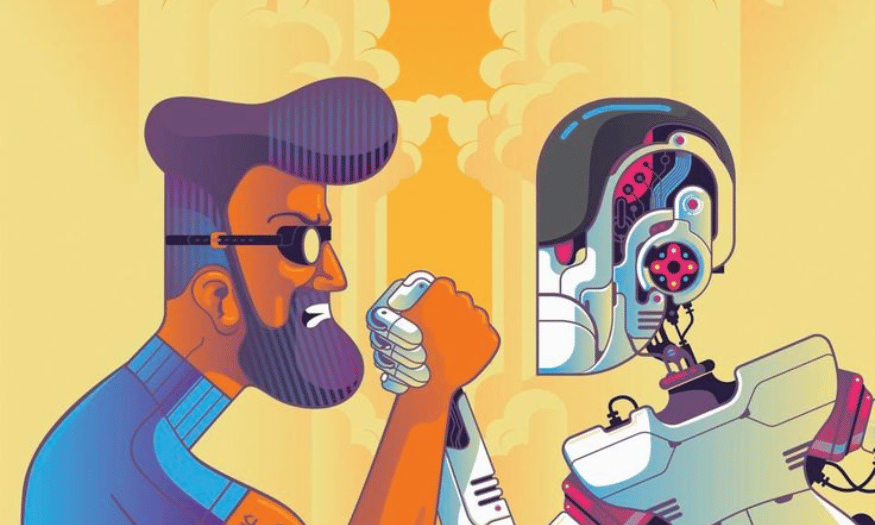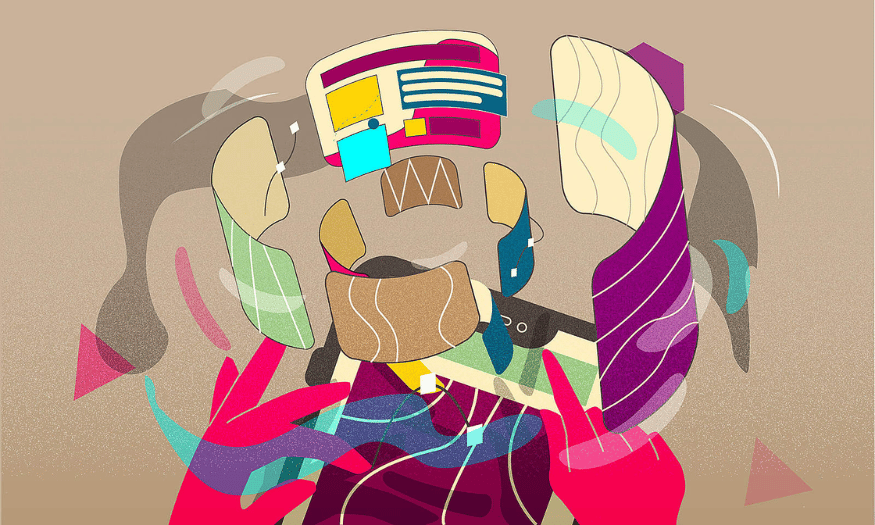Best Selling Products
Discover 7 Popular Types of Logos That Attract Attention
Nội dung
In today's business world, a logo is not only a symbol of brand identity but also an important part of each company's communication strategy. A beautiful and impressive logo can make a big difference, attracting customers' attention and leaving an impression on their minds. In this article, Sadesign will explore with you the most popular types of logos, from simple designs to complex forms, helping you better understand the role of logos in branding and how they can create a strong appeal.
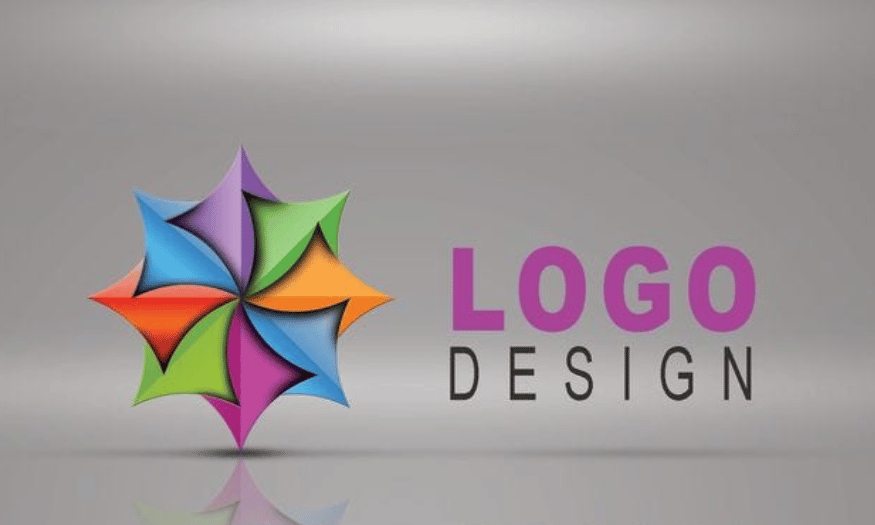
In today's business world, a logo is not only a symbol of brand identity but also an important part of each company's communication strategy. A beautiful and impressive logo can make a big difference, attracting customers' attention and leaving an impression on their minds. In this article, Sadesign will explore with you the most popular types of logos, from simple designs to complex forms, helping you better understand the role of logos in branding and how they can create a strong appeal.
1. Logo Monogram (Lettermark)
A monogram logo, also known as a lettermark, is a creative form of logo design that is made up of letters, usually the first letters of the brand name. We can easily recognize big brands like IBM, CNN, HP or HBO. These letters not only help simplify long names but also create memorable and recognizable images. Using a monogram to represent a brand is a smart strategy, helping customers easily remember and identify the products or services you provide.
One of the hallmarks of monogram logos is their simplicity and effectiveness. With just a few letters, they can make a powerful impression on consumers, especially when the brand name is long. Just think, “NASA” is much easier to remember than “National Aeronautics and Space Administration.” Choosing the right typeface is essential to ensuring that your logo not only conveys the right message, but is also readable and memorable across a variety of platforms, from business cards to websites and social media.
When designing a monogram logo, it is important to choose a typeface that reflects your brand’s personality and values. A strong typeface can evoke trust and professionalism, while a softer typeface can convey friendliness and approachability. For new businesses, adding your full name below the logo will help customers identify you more easily. This not only increases recognition, but also creates a strong connection between your logo and your brand, making your brand more powerful.
Benefits of Monogram Logo
Easy recognition : Monogram logos help customers easily recognize the brand with just one or two letters, saving time in memorization.
Professionalism : A well-designed monogram logo will create an impression of professionalism and prestige for the business.
Versatility : This logo can be used across a variety of platforms without losing its identity, from products to online advertising.
.png)
2. Logo Wordmark (Logotype)
Similar to a monogram logo, a wordmark or logotype is a typeface-based logo design that focuses entirely on the business name. Famous brands like Visa and Coca-Cola have made great use of this form to build a strong brand image. Wordmark logos are most effective when the business has a short and memorable name. For example, the Google logo not only provides strong recognition but also highlights their interesting and memorable name.
Choosing a typeface for your wordmark logo is a crucial decision. Since your brand name is the focal point of your design, you need to choose a font that reflects the personality and style of your business. Fashion brands often prefer elegant, modern fonts, while government agencies often use traditional typefaces to convey a sense of security and trust.
When to use lettermark and wordmark logos?
Lettermark Logo : If your business has a long name, shortening it to its initials will simplify the design and make it easier for customers to remember.
Wordmark Logo : This is a good choice for new businesses looking to build their brand. Make sure your business name is short and unique to make a strong impression.
.png)
3. Pictorial Mark Logo (Icon Logo)
Iconic logos, also known as pictorial logos, are a form of logo design that relies on visual imagery. When you think of a logo, the first images that come to mind are often famous symbols like the Apple apple, the Twitter bird (now X), or the Target target. These logos are more than just images; they have become cultural icons, associated with the values and messages that the brand wants to convey. The success of these brands shows that an iconic logo can create a strong and lasting impression in the minds of consumers.
However, designing a logo is not an easy task, especially for new companies or brands that do not have a clear identity. Logos require sophistication in choosing images, because this is the symbol that will represent the business throughout its development. The image you choose needs to contain deep meaning and be able to connect with customers in a natural way. For example, John Deere's logo with the image of a deer is not only a symbol, but also clearly shows the nature of the business in the agricultural sector.
When choosing an image for your logo, think about the emotions it might evoke. The image of a panda bear in the World Wildlife Fund logo is not only cute, but also reflects the urgency of conserving this animal. Consider the message you want to convey and make sure the image you choose is easily recognizable and memorable.
.png)
4. Abstract Mark Logo
Abstract logos are a type of pictorial logo that does not rely on specific images, but instead uses geometric shapes or abstract elements to represent the brand. Logos like Pepsi’s split circle, Adidas’ striped flower, or BP’s explosion are all great examples of creativity in logo design. The main difference is that abstract logos allow you to express your brand identity without being tied to a specific image.
One of the greatest benefits of abstract logos is their ability to convey messages in a flexible and creative way. You don’t have to worry about the cultural significance of a particular image; instead, you can use color and shape to create the emotions and meanings you want to associate with your brand. For example, the Nike swoosh logo is more than just a mark; it evokes movement, freedom, and inspiration, which is very appropriate for the message this sports brand wants to convey.
When designing an abstract logo, think about how it can create a strong and unique impression. A successful logo not only helps customers recognize your brand, but also creates a deep emotional connection. This can help your brand stand out in the minds of consumers and create a lasting impression. Make sure your design reflects the essence and core values of your business, creating a strong and memorable brand image.
.png)
5. Logo Mascot
A mascot logo is a special type of logo design in which a cartoon or illustrated character is used to represent a brand. These mascots are often brightly colored, have a fun and friendly personality, making them a living spokesperson for your business. Think of famous characters like the playful Kool-Aid Man, the traditional Colonel from KFC, or Mr. Peanut from Planters, all of whom are not just icons, but characters with their own stories, connecting with customers over time.
Mascots not only help create a recognizable brand image but also create an emotional connection with customers. They are often used in advertising campaigns, sporting events and community activities, where they interact directly with the audience. The image of a cheerful mascot appearing at events not only attracts children but also encourages the whole family to participate, thereby creating a friendly and close atmosphere. Therefore, businesses that want to build a friendly and fun brand often choose mascot logos as an important part of their promotional strategy.
Designing an effective mascot requires creativity and a deep understanding of your target audience. Mascots are more than just an image; they need to convey the core values of your brand and create positive emotions in customers. A well-designed mascot can become a powerful symbol for your business, engaging customers and creating lasting memories through marketing and social media. Remember, a mascot is more than just a part of your logo, it is an integral part of your brand story.
.png)
6. Combination Mark Logo
A combination mark, also known as a combination logo, is a form of logo design that combines text and images. It is a great solution for businesses that want to create a strong and recognizable brand image. Some famous combination logos such as Doritos, Burger King and Lacoste all show the versatility and power of combining a wordmark or lettermark with a pictorial symbol or mascot. This not only helps the brand stand out but also creates a lasting impression in the minds of customers.
When you combine text and images, both elements work together to enhance brand recognition. For example, when customers see the Burger King logo, they not only remember the name but also the image of a delicious burger. This helps build a strong connection between the brand name and the image, making it easier for customers to remember and associate them. This combination also creates flexibility, allowing you to use just part of the logo in different situations, such as using just the image in an advertisement without the name.
Another benefit of a combination logo is the ability to register a copyright. When you have a unique image combined with text, the chances of recognition and copyright protection are higher than if you just used a single image symbol. This means you can protect your brand more effectively and avoid confusion with other brands. In an increasingly competitive business world, having a combination logo is not only a smart marketing strategy, but also a way to assert your brand position in the minds of consumers.
.png)
7. Logo Emblem
An emblem, also known as a logo, is a type of logo design that features a font embedded within a symbol or image. These logos are often reminiscent of coats of arms, seals, and crests, conveying a sense of tradition and prestige. Because of their classic design, emblems are popular in many fields such as education, government, and non-profit organizations. They are also commonly found in the automotive industry, where the beauty and strength of the logo can make a lasting impression on consumers. A typical example is the Starbucks logo, with its mystical mermaid image, or the famous Harley-Davidson badge, which is both classic and modern.
While logotypes can provide a strong and professional look, they do have some drawbacks to be aware of. The detailed design often makes them less versatile than other types of logos. A complex logo can be difficult to reproduce, especially on small platforms such as business cards or apparel. When scaled down, the details in the logo can become difficult to read, reducing the effectiveness of brand recognition. Therefore, it is important to keep your design simple, recognizable, and easily printed on a variety of materials.
When to use a logotype? This type of logo is great for organizations or businesses that want to project a prestigious and serious image. Public agencies and schools often choose logotypes because of the tradition and pride they convey. However, logotypes can also serve private businesses well, especially in the food and beverage industry. For example, Starbucks has successfully created a memorable and appealing logo by combining an attractive image with its brand name. Remember, no matter which design you choose, the ultimate goal is to create a logo that is easily recognizable and can be printed neatly on all of your marketing materials.
.png)
8. Conclusion
Canva is one of the leading online design tools, helping users from beginners to experts easily create beautiful designs for many different purposes. At Sadesign, we are constantly upgrading and improving Canva's features to bring you the best design experience.
With the latest upgrade, Sadesign has integrated many outstanding design tools, allowing users to easily customize and create unique products. From choosing images, fonts to available design templates, you can unleash your creativity without limits. Features such as drag and drop, direct editing and diverse libraries of Sadesign will help you save time and effort, while improving work efficiency.









































